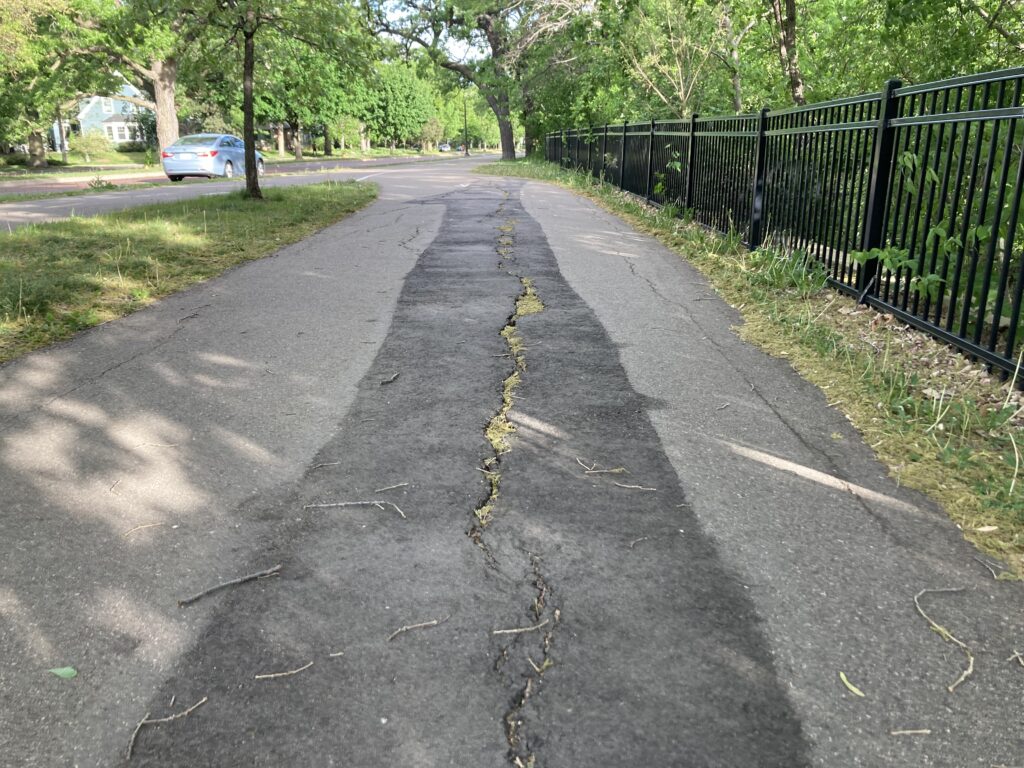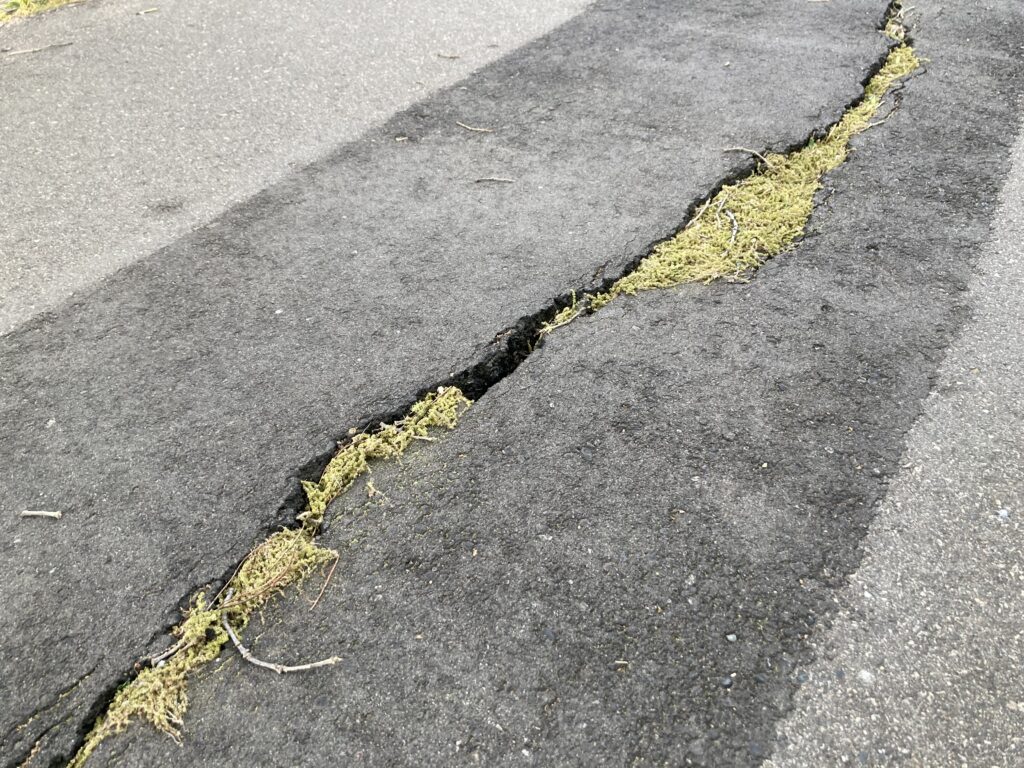4 miles
minnehaha falls and back
54 degrees
Ah, another wonderful morning. Sunny and just the right amount of warm. Ran with Scott. He talked about the book he’s reading — a murder mystery set in Austin, MN and Minneapolis. I talked about turning my color poems in to a chapbook. Also discussed: a YouTube video about taking a train from D.C. to Seattle (me), UAE cycling team doing altitude training (Scott), favorite and least favorite running shirts (me), possibly ordering a new bass (Scott), and voltas and vueltas and a tour as turn as hero’s quest (both of us). We also discussed an annoying woman last summer who wouldn’t let us use one of the drinking fountains because she was using the other to slowly fill up her big water bottle (both of us).
I don’t recall looking down at the river even once. Would I have been able to see it? A rare sight: a rollerblader, not a roller skier. Shirtless runners. The white foam of the falls. A stick flying up from under Scott’s foot. The cool green just before reaching the ford bridge.
bank
The other day I overheard one runner say to another something about banking time. I thought about the word bank and embankment popped into my head. Then I wondered about bank’s origins. Reading the poem-of-the-day this morning on Poetry Foundation, I encountered another bank line:
from Ode to the Midwest/ Kevin Young:
I want to jog
down to the river
& make it my bed—
I want to walk
its muddy banks
& make me a withdrawal.
a return to color
I’ve decided to turn my color poems into a chapbook for a contest. Time to study color some more. I need to write a sonnet about green, indigo, and blue. Maybe yellow, too? Here’s a wonderful yellow poem to inspire me:
Crown of Yellow/ Sarah Audsley
If I stay, I might notice things—the color of buttercups, their bright faces
en masse floating in green-grass-clouds, the lolling fields.
Butter—browned in a pan for the sauce to dress an expensive dead fish.
Yellow yolks make cake, custards, or the exact shade for stasis.
Or shame. I always think of yellow so.
A primary color, it arrives in packages, crushed natural iron oxide from a quarry in France.
Combine yellow with red, make orange. Shades shift by proportion.
The painter tells me about the color wheel, not the grey fear-sphere spinning in my head, or
anything I know something about.
The beehive above, swaying. Yellow bits move in and out.
How yellow the yellow finches’ bodies, how they lift so easily into the air.
The in-between color—traffic lights say, stop. Then, go.
The striking of a single ray of sunlight can cause cancerous cells to grow, mutate.
Paint the kitchen walls a shade—warms and comforts.
Color of the piss puddle I left on the hardwood floor. Little ballerina shoes tiptoed around the mess.
I did raise my hand, I did ask to go, I did try to do the right thing.
Tutus and twirls. Mrs. Stein said, Wait. Hold it! Her black leotard plastered to the curvature of her
small breasts rose with her commands.
If you prefer gold fillings, and can afford them, the dentist will place them inside decayed teeth.
Gold is a soft metal.
Combine yellow with blue, make green.
Are we back in the field, yet? Why do I ever leave it? The forest needs no grammar. Water splits
rock. Hawk shreds yellow birds’ feathers.
The mind, an unending sieve.
Dandelion wine is made from the tufts of heads, collected and boiled.
Alcohol is for adults. Some bitterroot.
Never dress Asian babies in yellow, my mother tells me. Clashes with their skin.
I learned from you, she says.
And, there is a fox running the median line on the bumpy road. I am not there, but I’m driving fast,
headlights off, because there is a full-bodied moon, and I want to move in the dark like I know
exactly, no precisely, without any hesitation, where I am going.
Barreling ahead.
Each hour the light changes, each minute angles shift.
Skylights are key in the studio. Naked. Put on my skin in layers—how many? What can the painter
see?
I prefer to sleep through sunrise. I trust the heliocentric turning of things that are difficult to
understand.
About yellowface I cannot say—enough. What is enough?
The channeling knife is the tool to make a lemon twist. I use it. Hovering over the glass, making the
cut infuses the air in the space above the liquid with the essence of the fruit.
Once, I plucked an entire bucket of lemons and lavender. Made lemonade.
I don’t believe in that phrase…because my mother took to the tug of the bottle.
More often than not, vomit is yellow.
In another dream, I am the lone sunflower swaying, shaken by the anticipation from the smell of the
oncoming distant rain.

